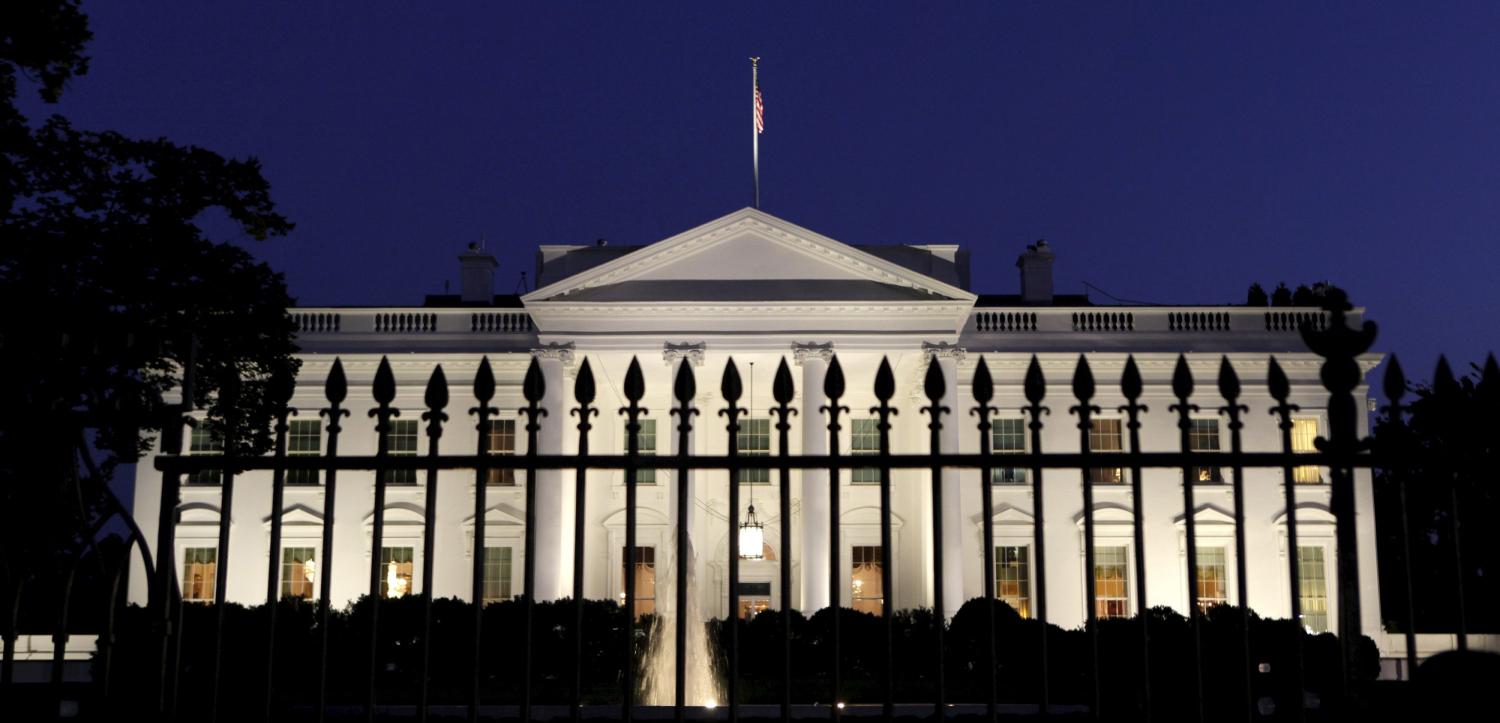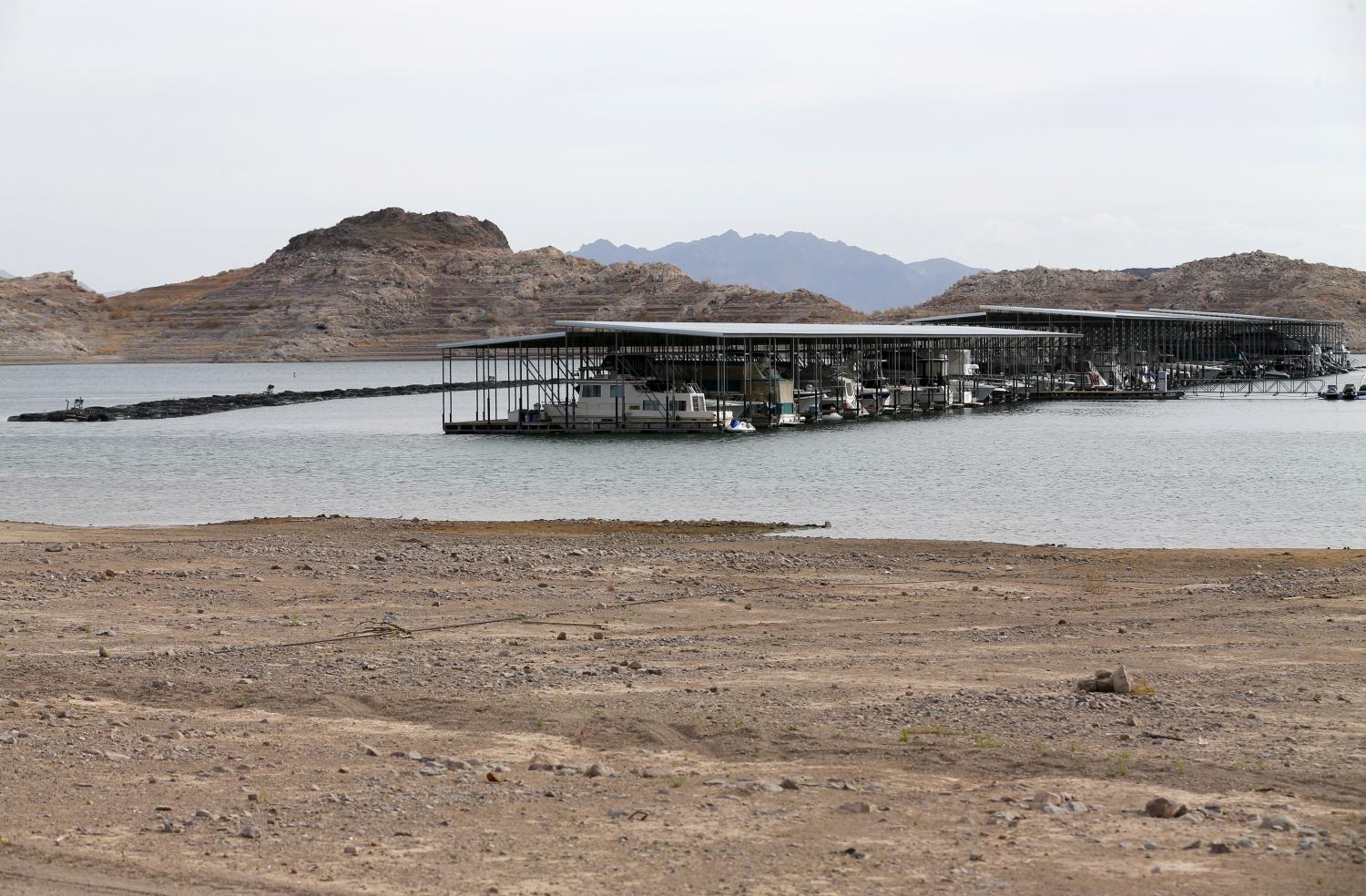Climate change denial is becoming increasingly difficult to defend and the next president—whether a Democrat or Republican—will need to have a plan to continue further reducing emissions and to prepare for the climate impacts that are occurring or are no longer avoidable.

Climate change is already causing drastic alterations to societies and economies in the United States and globally. Islands in the Pacific are disappearing. Floridians are wading through flooded streets on sunny days due to rising seas. Meanwhile, advancements in climate science now allow researchers to attribute individual extreme weather events to man-made climate change—such as my Stanford colleagues have been able to do with the drought in the U.S. West.
That is why my colleagues and I at Stanford University convened a conference to bring together former officials and experts on climate change, energy, and governance who served in key positions in the Obama, Clinton, Bush, and Reagan administrations to discuss a climate agenda for the next administration. Speakers were encouraged to lean into creative ideas and to give less attention to proposals that are commonly identified for consideration.
The key observations and recommendations highlighted by speakers in the conference fall into two categories:
- Substantive observations and recommendations for the next president; and
- A potential organizational/governance agenda for the next president.
Substantively, I was struck by the level of agreement from participants who felt that pivoting to a clean energy economy is not only the clearest path for emission reductions, but is also a good move for America. It plays to America’s strengths: collaboration, entrepreneurialism, and innovative policies and technologies. The next president should rally the U.S. innovation economy and accelerate job growth by providing financial incentives for states that exceed clean energy goals. States might be measured for awards based on advances in workforce development, permit streamlining, and access to capital.
The pivot to clean energy is aided by the availability of now-proven and increasingly cost effective renewable energy technologies. In many regions, the challenge is to facilitate deployment of existing technologies, rather than wait for new breakthroughs. At the same time, important work needs to continue on improving storage and other energy R&D. In that regard, speakers saw a need for establishing an effective R&D and deployment “ecosystem.” Tying government-sponsored R&D activities to private industry research investments was viewed as critical for success. One idea put forward is to launch a new presidential initiative that would establish joint public-private research collaboratives that are supported by both private and public entities and that have, from the outset, the goal of bringing promising clean energy innovations to scale. To further increase funding available for technology and deployment mechanisms, the next president could provide new and secure existing tax credits, reinvigorate loan guarantees, and tune up clean energy grant programs.
I was struck by the level of agreement from participants who felt that pivoting to a clean energy economy is not only the clearest path for emission reductions, but is also a good move for America.
Conference attendees also focused on specific sectors and what might be accomplished to improve efficiencies, reduce emissions, and insure for future resiliency. Energy intensive sectors such as steel and cement, and their links to infrastructure development as well as the transportation sector, were discussed. The electric grid received significant attention from participants, many of whom thought that radical changes are necessary. The regulatory structure is simply not keeping up with the pace of innovation and change. Strong parallels were drawn to the successful, government-led antitrust litigation strategies that led to the break-up of “Ma Bell”—suggesting that a similar path of antitrust litigation might be pursued against utilities attempting to restrain trade on the generation or end-user sides of the business.
Clearly, the next president needs to facilitate a “transition by design” approach for the sector, rather than continue in the industry’s and regulators’ current fragmented, reactive mode. The president should not seek to supplant the states’ traditional role in energy regulation, but should lay out a vision and pathway for change.
Conference speakers also touched on the importance of addressing emissions from powerful greenhouse gases such as methane and HFCs, using existing regulatory tools available under the Clean Act Air, and the Montreal Protocol, respectively. And recommendations were made to focus more attention on the natural climate cycle and the possibility of investing more in forests, wetlands, green infrastructure, and other land uses that have untapped potential to sequester additional carbon, even as they provide adaptation services and other co-benefits.
The conference also provided insights for implementing the climate agenda by making recommendations for how the next president might structure the White House and cabinet to implement climate change initiatives to cut across jurisdictional lines. There was a broad consensus that the president and a senior advisor in the West Wing should be personally and actively involved in developing climate change policy initiatives, working with appropriate White House offices and cabinet agencies, and then in supporting cabinet secretaries and their agencies in implementing agreed-upon policies. Speakers noted the importance of having a policy blueprint with specific benchmarks that can be used by the White House to work collaboratively with the relevant cabinet agencies to measure progress in meeting such benchmarks.
Conference participant John Podesta (who is currently chairman of Hillary Clinton’s presidential campaign) said that in terms of climate change this is a “consequential election.” The next president will have the opportunity to take on the global leadership role related to the Paris Agreement, as well as the duty to protect and secure the United States from the consequences of a warming planet.

My Stanford colleagues and I are bringing these messages to Washington, D.C.’s National Press Club on September 15. At that event, many of the speakers featured in the May 6 conference at Stanford will be providing additional details on their recommendations for the transition teams in abstracts, papers, and panel discussions.



Commentary
Recommendations for the next president’s climate agenda
August 19, 2016